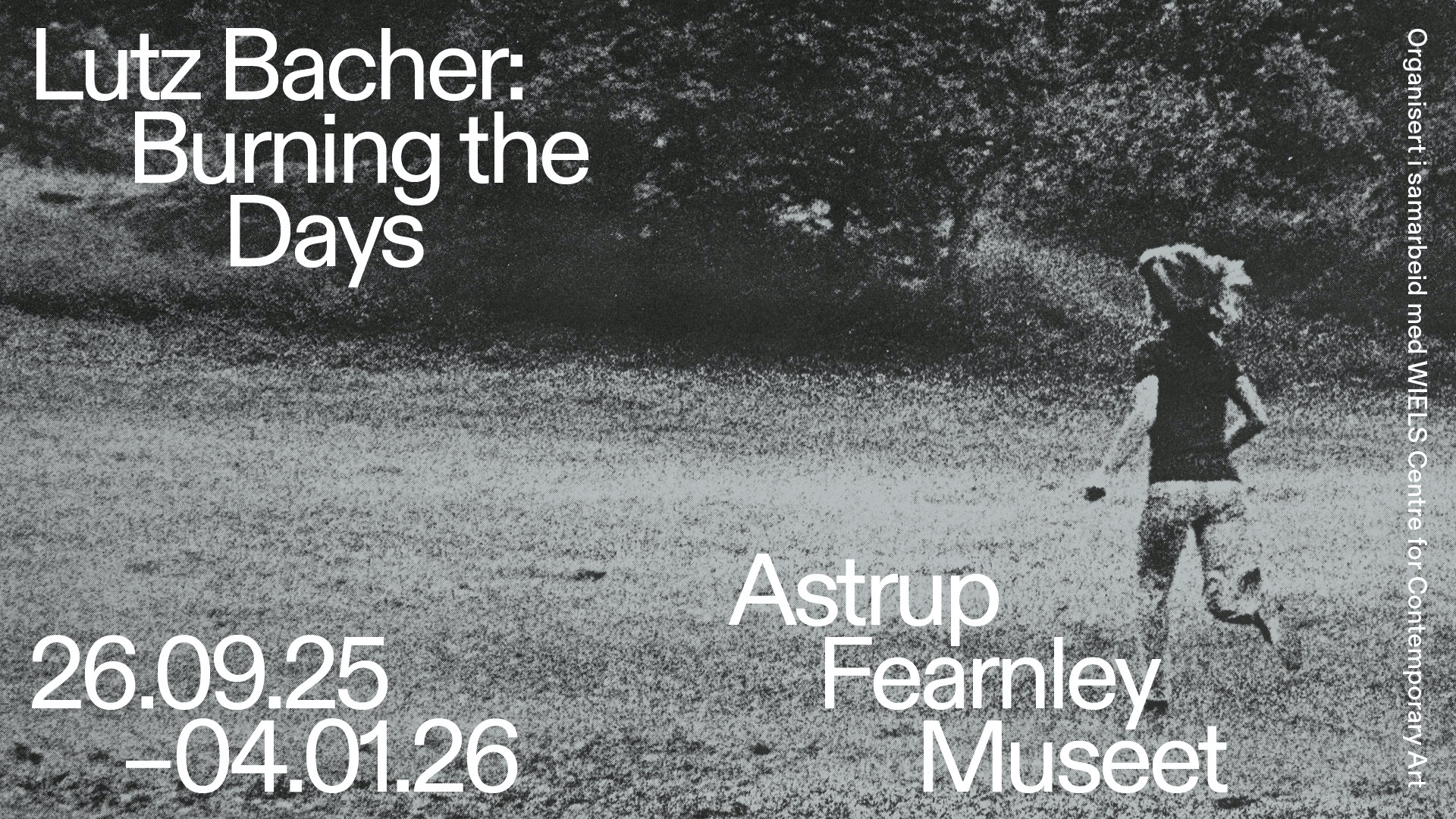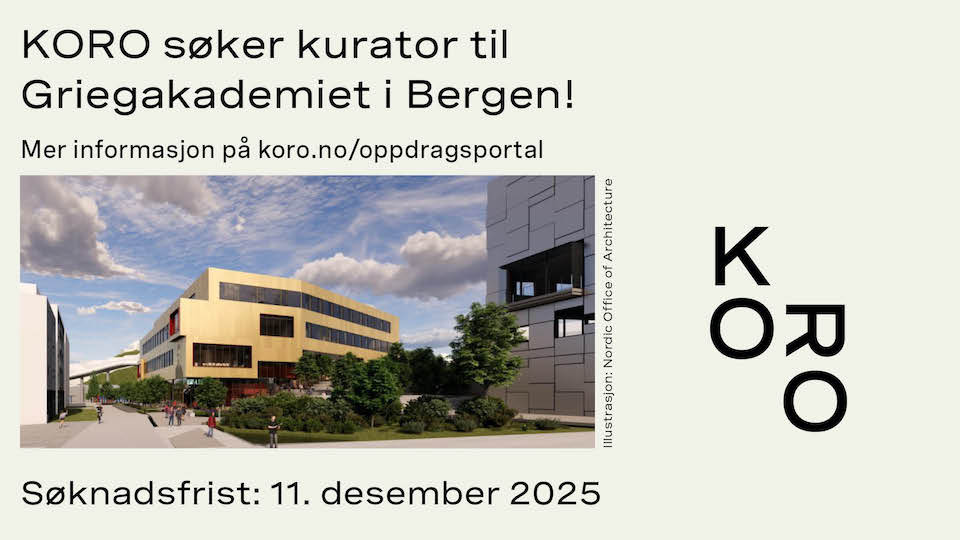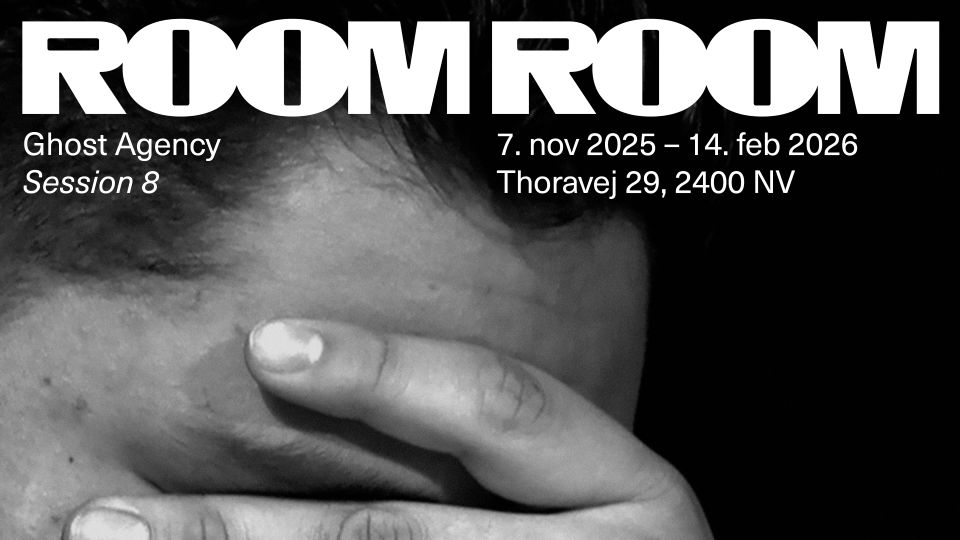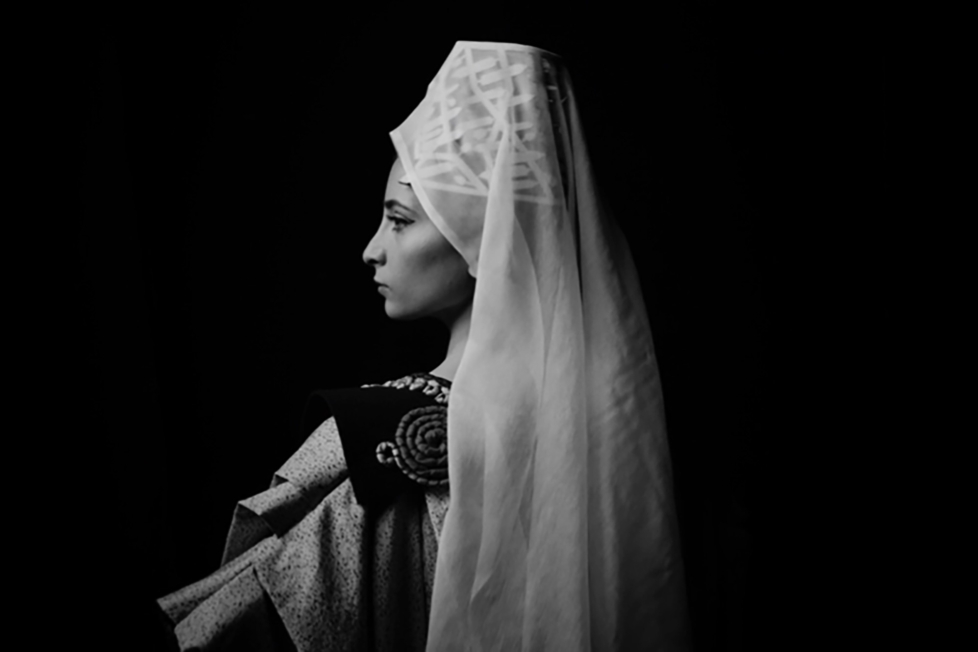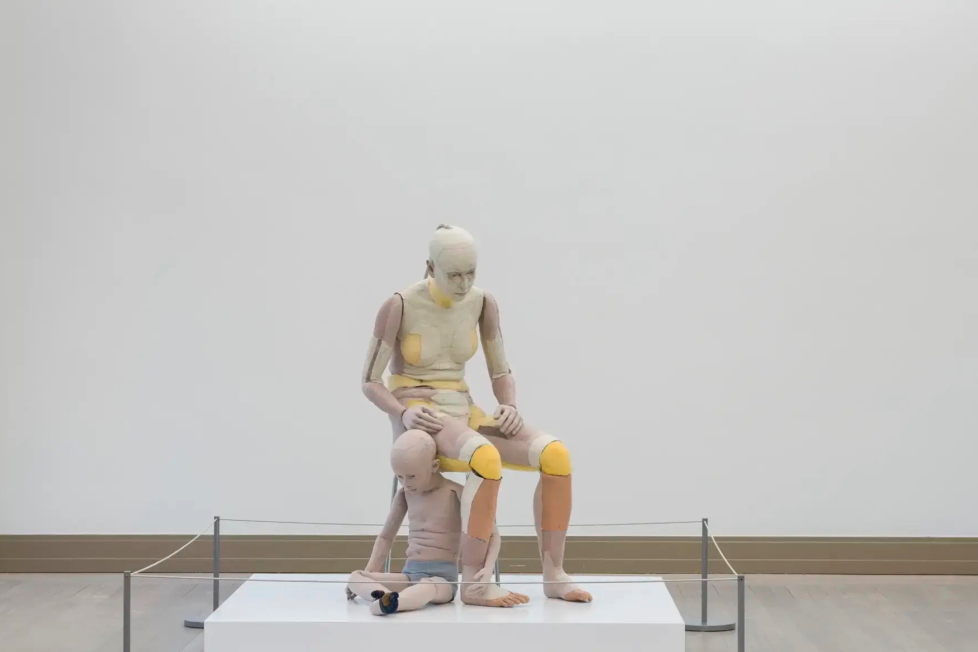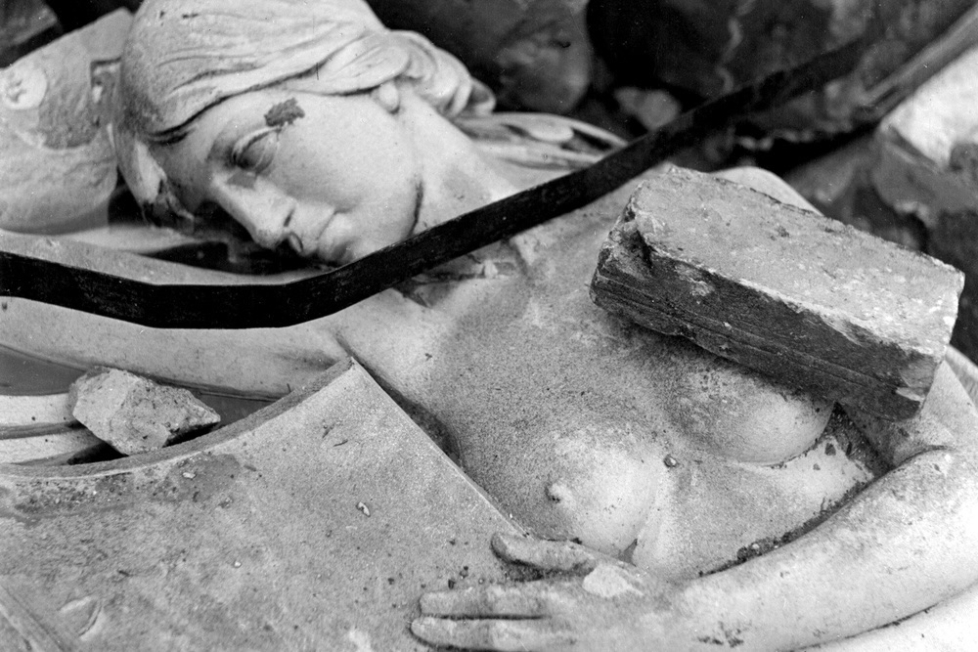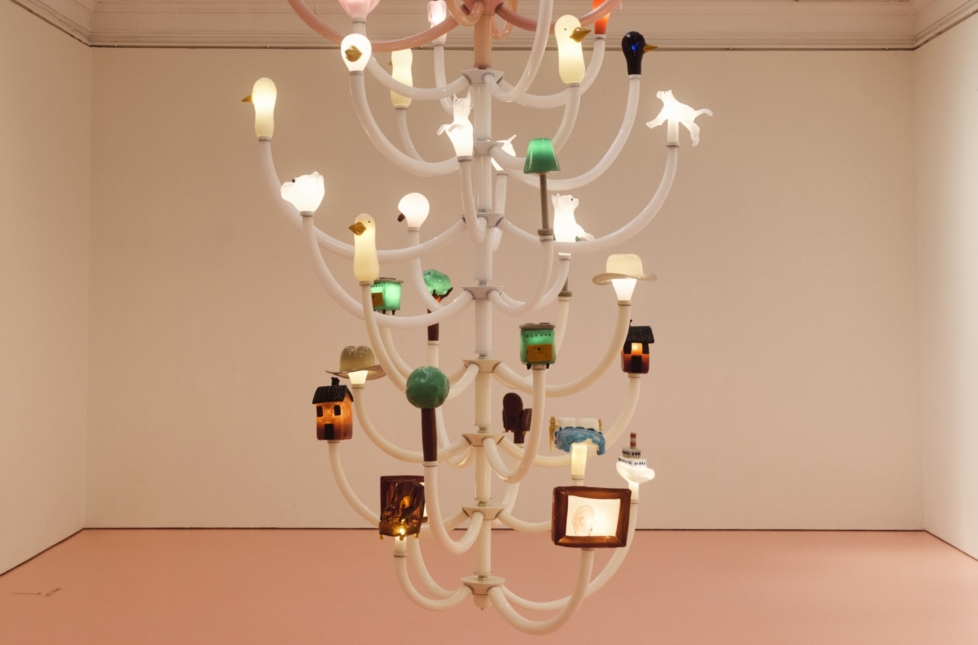
The Nordic countries have many fine cultural institutions, but Moderna Museet is probably the only one that has become synonymous with its groundbreaking artistic contribution. In the 1960s, Moderna redefined both what a museum and what art could be, while building one of Europe’s seminal collections of modern art. Indeed, Moderna might have done more than Ingmar Bergman and Astrid Lindgren for Sweden’s international reputation during the postwar period, and could justifiably be considered a crowning jewel of the Swedish welfare state’s cultural policy success story.
What was the story about? Was it about an out-of-touch cultural elite being allowed to indulge in obscure pastimes at the expense of the taxpayer, as today’s right-wing populists would have it? Or was it about art and culture functioning as an economic engine, like the neoliberals dream of?
Those narratives would be a total perversion of the radical redistribution policies that gave rise to institutions like Moderna in the first place. Basically, it was a story about time: when ordinary people got time off work, they could immerse themselves in cultural interests previously reserved for the ruling classes. In the 1930s, Swedish wage earners were given Saturdays off, a reform that was not fully implemented until forty years later, in 1973. During the same span, Public Art Agency Sweden was created in 1937, and the National Arts Council in 1973. The first is the national agency for public art; the second is the state’s main agency to implement its cultural policies. When Moderna opened in 1958, avant-garde artists from Paris and New York stepped straight into the living room of the so-called people’s home (folkhemmet). The purpose of these new institutions was to make art and culture an essential part of the welfare society. Modern art would no longer be the privilege of a wealthy elite.
The image of Moderna as a children’s paradise in the 1960s and 70s is a powerful testament to those policies. Carlo Derkert’s pedagogical work or Palle Nielsen’s iconic A model for a qualitative society (1968) demonstrated how everyone, including the little ones, should be involved in building an equal society whose institutions would be both narrow (in terms of content) and broad (in terms of audience). Indeed, the idea of independent public institutions that safeguarded the autonomy of the arts was not a bourgeois or elitist idea, but one that grew out of the social progress that left working people with time for more than only labour and consumption.
In contrast, today’s Swedish right-wing coalition government has other priorities than building viable institutions. If it has its way, Moderna will not even be a museum anymore, but a bureaucratic monstrosity comprising everything from public art to architecture and design. That is the gist of the proposal that was announced the day before Midsummer last year, without any of the authorities concerned having been notified. The surprise tactic was repeated when the report was released surreptitiously in January, a week before the announced date. In it, the investigator argues that Public Art Agency Sweden and ArkDes (the National Centre for Architecture and Design) should be incorporated into the new behemoth Moderna – An Agency for Modern Art, Architecture and Design with immediate effect.
The report has sparked surprisingly little public debate in Sweden, but it was recently trashed in a panel discussion organised by Swedish AICA (the International Association of Art Critics) and the Royal Swedish Academy of Fine Arts. Among the panelist’s concerns were a higher concentration of power, top-down management, staff cuts, loss of expertise, a dangerously accelerated process sloppy research. The only thing the seemed to disagree on was which party has the most to lose from a merger that will have unforeseeable consequences for three very different fields of practice.
ArkDes Director Karin Nilsson argued that architecture and design will get the short end, similarly to when The Photographic Museum (Fotografiska Museet) was integrated into Moderna Museet in the 1990s. Representing the interest group Fine Art in Sweden (Bildkonst i Sverige), Magdalena Malm, who was the director of Public Art Agency Sweden from 2012–2019, was more worried about public art. When the budget cuts do come – and they will, since the purpose of the proposal is to streamline, i.e. save money – it will not be the exhibitions drawing quantifiable crowds that will be cut, but rather public art around the country, Malm argued. In Sweden, public art commissions are a vital source of income for many artists, and the effects for this economically vulnerable community will be dire.
The director of Moderna Museet, Gitte Ørskou, and the acting director of Public Art Agency Sweden, Henrik Orrje, have been more cautious in their critique. However, Ørskou said that there is no concept of what the benefits of a merger would be in the first place. From this perspective, the proposal may appear as a flawed component of the government’s general objective of merging smaller agencies to manage their growing administrative workload. Unfortunately, this only confirms the same internal agency perspective that characterises the report, resulting in a willful blindness to the larger consequences of a merger, as these are not part of the remit.
However, artist Håkan Rehnberg placed the government’s zeal for mergers in a political context. He argued that it is based on the same idea as the proposal to establish a Swedish cultural canon, namely to control and limit art in all its forms. This is the underlying political idea that is not being articulated. In the new agency, every new decision will have to be weighed, and staff will be recruited based on organisational skills rather than artistic merit, Rehnberg argued. The result will be a bureaucratic behemoth preserving the past, not a museum for free-thinking contemporary art.
Hyperbole? Not really. The report proposes that three artistic directors, one from each field, will be subordinate to an agency director with financial responsibility. Thus, the heads of department will be beholden to a director who might not even be appointed on artistic merit but for their ability to lead the organisation. In the worst case scenario, it will resemble the situation in Norway, where the director of the National Museum, Ingrid Røynesdal, has no background in the visual arts at all. While a merger may bring administrative benefits, it will also mean a shift from artistic decision-making to bureaucratic control. After all, there’ s no denying that a bloated governmental agency will lead to more, not less, bureaucracy, which will ultimately risk undermining the artistic legitimacy of the organisation.
It is also worth pointing out that the institutions concerned are fully functional. The proposal is entirely politically motivated and based on the policy aim of slimming the government apparatus. It almost seems as if the involved parties have invented a problem in order to force a solution that fits in with the policy that they have already decided to pursue.
At its core, it follows is the same political logic as DOGE (Department of Government Efficiency) in the United States, albeit less radical. Instead of focusing on how to best to fulfill the authorities’ public mission – that is, how to make them as great an asset to society as possible – they are conceived as a burden on the state. Yet, since Swedes have comparatively strong faith in public authorities, dismantling the state apparatus requires a more cumbersome procedure: a bloated bureaucratic organisation must first be created before it can be called out as inefficient. Then comes the right-wing populist attack: why waste tax money on the niche pleasures of cultural elites? Of course, waiting in the wings to orchestrate the attack are the fascist Sweden Democrats, the proverbial tail waging the dog.
This is why it’s important to remember that an institution like Moderna Museet was created precisely so that art would not be the privilege of a wealthy elite, as it had been in the era preceding the modern welfare state. Similarly, ArkDes is based on the idea that design should not be about expensive gadgets but play an important role in the social debate, while Public Art Agency Sweden was created so that artists could contribute to the construction of society by adorning its common environments.
That these distinct activities will not benefit from being forced into the same bag is a conclusion shared by everyone with any knowledge of the Swedish architecture, design, and art scenes. Yet, it looks like the government will implement its plan in order to make a short-term win before the 2026 election. This would be extraordinarily reckless, as it comes at an uncertain time when the sense of community in Sweden is already wearing thin, and when the need for institutions that can both harbour shared values and put them up for debate could hardly be greater.

